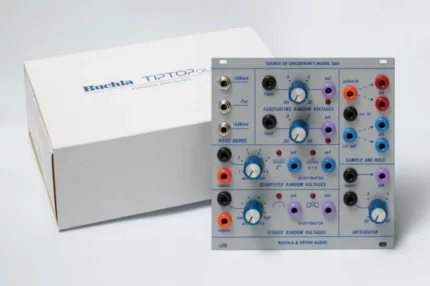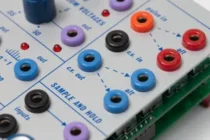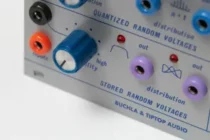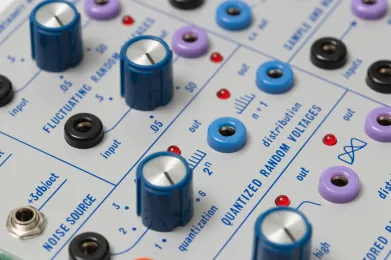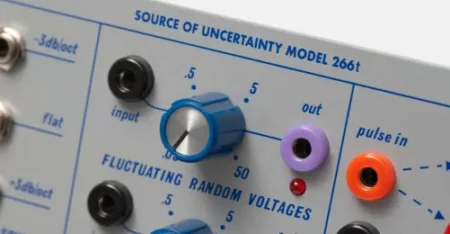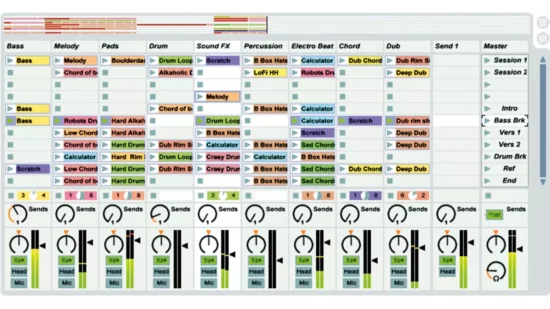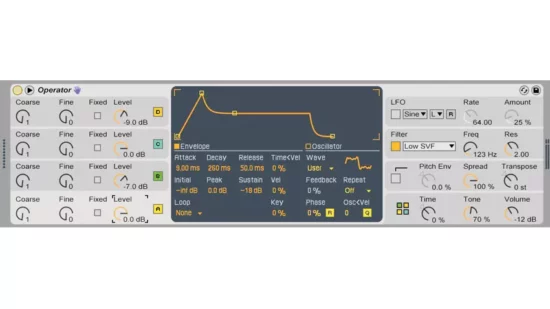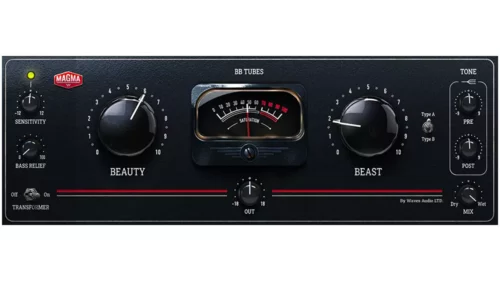Buchla & Tiptop Audio Source Of Uncertainty Eurorack Module Now Available
Tiptop Audio and Buchla USA have announced the availability of the Source of Uncertainty Model 266t, the latest in their affordable Eurorack versions of classic Buchla 200 series modules.
The 266 Source of Uncertainty is one of Buchla’s most iconic modules, helping to define the ‘West Coast’ approach to synthesis and inspiring several generations of imitators.
TipTop Audio’s Buchla Model 266t Source of Uncertainty is a recreation of the classic random voltage generator and sculpting module. The 266t offers six different tools in one interface. The 266t divides into two sections of generation and modification, featuring two different processors and four generator types, with one producing three flavors of analog noise, labeled flat, -3dB/oct, and +3dB/oct.
The fluctuating random voltages section features two individual smooth voltage generators for adding wiggles and warbles to your modules, each controlled by a rate parameter with CV inputs for modulation. Right below is the quantized random voltage, offering a stepped random output that randomly decides voltage based upon one of two equations, corresponding to a value called “n”. You can tune your range to a set amount of possibilities, with n+1 output being more localized to the 5V range and the 2^n output giving equal opportunity across all 10 volts.
The final generator, labeled stored random voltage produces, two outputs of stepped voltage, with an equally distributed random voltage output, as well as a selectable bell distribution output that centers its options based on the probability control.
Looking at the processing section, the top-right sample and hold section is actually a track and hold processor, tracking the cv input and changing only at the next high input on the pulse in. The resulting CV output additionally has two alternate outputs that base off alternative pulse counts, and the pulse output alternatives similarly alternate each pulse count.
The final section of the 266t lies in the integrator, featuring a simple, but handy smoothing processor, by determining the time it takes to reach from one CV value to the next.
Features:
- Random voltage generator and sculpting module
- Six different sections that output voltage, pulses, and even noise
- Noise section features a white noise (flat), a boomier low-end pink noise (-3dB/oct), and a brighter noise flavour (+3dB/oct)
- Two individual smooth random voltage outputs with voltage controllable rate parameters
- Quantized random voltage creates stepped voltage based upon two equations (n+1 and 2^n)
- Pulse in triggers new “n” value and CV can affect n’s position
- Each of the quantized random voltage outputs has its own random distribution equation, with 2^n being equal and n+1 being bell shaped centering 5V
- Stored random voltage outputs stepped voltage with two different distributions
- Stored random voltage output one selects equally across the voltage spectrum while output two selects based on where the probability is set-probability can be modulated “sample” and hold circuit acts as a track and hold circuit, featuring split alternating pulse and held CV outputs
- Integrator smooths transitions between jumps in voltage—smoothing parameter can be modulated
The Buchla & TipTop Audio Model 266t Source of Uncertainty is available now for $299. A reissue of the original, full-size Buchla 266 module is also available for $999.
